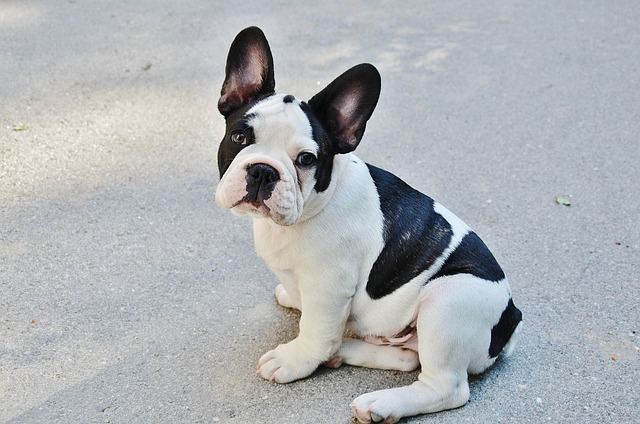
What is glaucoma in a dog?
You might notice your dog squinting more at mealtime or avoiding bright sunlight—these small changes could be early signs of a serious eye condition.
That not-so-fresh smell when your dog greets you with a yawn is often the first clue that their oral health needs attention. Keeping your dog’s mouth healthy is about much more than just fighting bad breath; it’s a critical part of preventing painful periodontal disease, which can lead to tooth loss and allow harmful bacteria to enter the bloodstream, potentially affecting the heart, liver, and kidneys. The good news is that with a consistent and mindful routine, you can protect your dog from discomfort and ensure their overall well-being. This is especially important for smaller breeds and dogs in apartments, who may be more prone to dental issues due to genetics and less natural wear on their teeth from chewing.
The science behind a healthy mouth is a daily battle against plaque, a sticky biofilm of bacteria that forms on teeth within hours after eating. If it isn’t removed within about 48 hours, it hardens into tartar (calculus), a concrete-like substance that you cannot brush away. This tartar builds up under the gumline, causing inflammation (gingivitis) and eventually leading to irreversible periodontal disease. Your strategy, therefore, must be twofold: professional veterinary care to remove existing tartar and diligent daily care to prevent new plaque from hardening.

Your action plan starts with a professional assessment from your veterinarian. They can examine your dog’s mouth for signs of disease and determine if a professional dental cleaning under anesthesia is needed to remove existing tartar—this is the essential reset for your at-home efforts. After that, your most powerful tool is daily brushing with a dog-specific enzymatic toothpaste and a soft-bristled toothbrush. Introduce this slowly with positive reinforcement; let them lick the tasty paste, reward them for letting you lift their lip, and gradually work up to brushing a few teeth at a time. This force-free method is the modern standard and aligns with animal welfare principles that reject any form of punitive handling. For dogs who resist brushing, incorporate Veterinary Oral Health Council (VOHC) approved dental chews or diets, which are clinically proven to help reduce plaque through mechanical abrasion.
This proactive approach to your dog’s health is a cornerstone of responsible ownership, which extends into your community. A dog free from dental pain is a more comfortable and predictable companion, making positive reinforcement training during walks more effective. It also reinforces your role in adhering to local laws, such as always carrying waste bags and cleaning up immediately—a legal requirement in most U.S. cities and a basic act of respect for your neighbors. Furthermore, before any professional dental procedure, ensuring your dog’s rabies vaccination is meticulously up-to-date is non-negotiable. This is not just a health precaution; it's the law and a fundamental part of your social contract as a pet owner. By combining professional veterinary care with diligent at-home maintenance and conscientious public behavior, you’re not just protecting their smile—you’re safeguarding their overall health and ensuring they are a welcome member of your community.

You might notice your dog squinting more at mealtime or avoiding bright sunlight—these small changes could be early signs of a serious eye condition.

Let’s set the scene: It’s a sweltering Phoenix afternoon—105°F outside—and you rushed your 2-year-old Lab mix, Cooper, on a quick walk to “get it over with.”

Let’s get real: You’re in your Miami apartment, watching your 3-year-old Corgi, Loki, struggle to climb the stairs to your second-floor unit.

Many dog owners brush off occasional scratching as just “dog behavior,” but persistent itching often signals something more—like a food allergy.

You might first notice your dog scratching more than usual—chewing at their paws until the fur looks thin, or rubbing their face against the couch nonstop.

Let’s be real: You’re standing in your Chicago apartment, watching your 3-year-old Beagle, Max, huff and puff just to climb onto the couch.